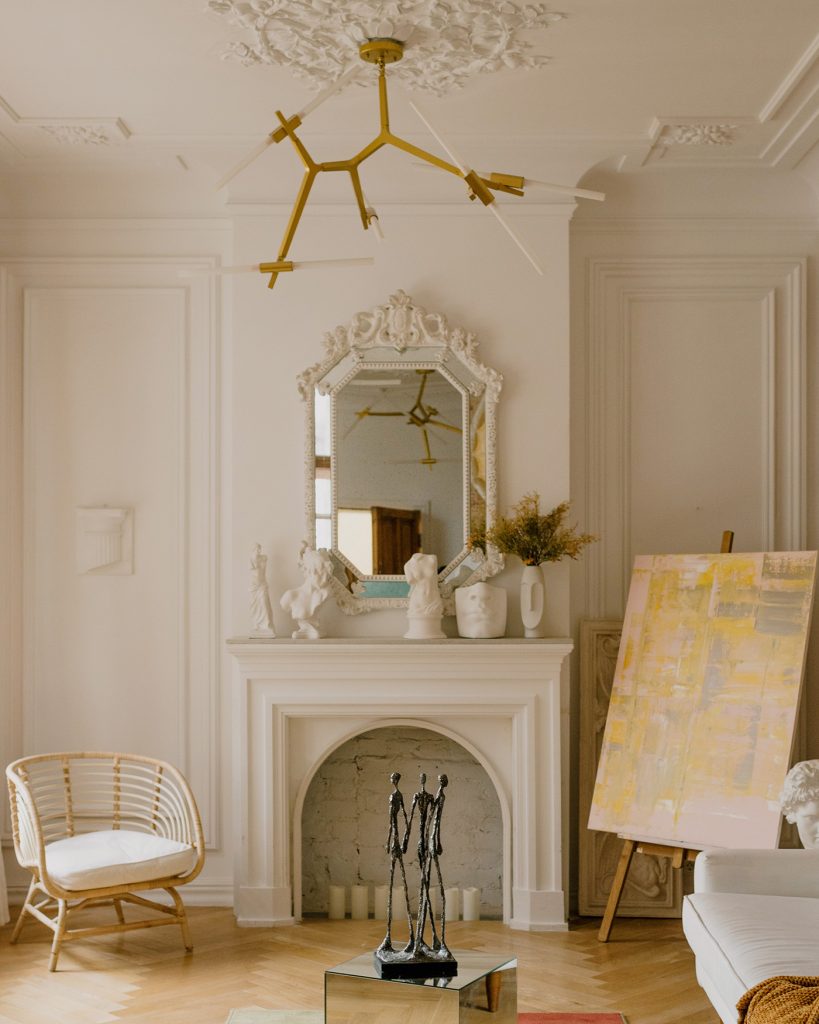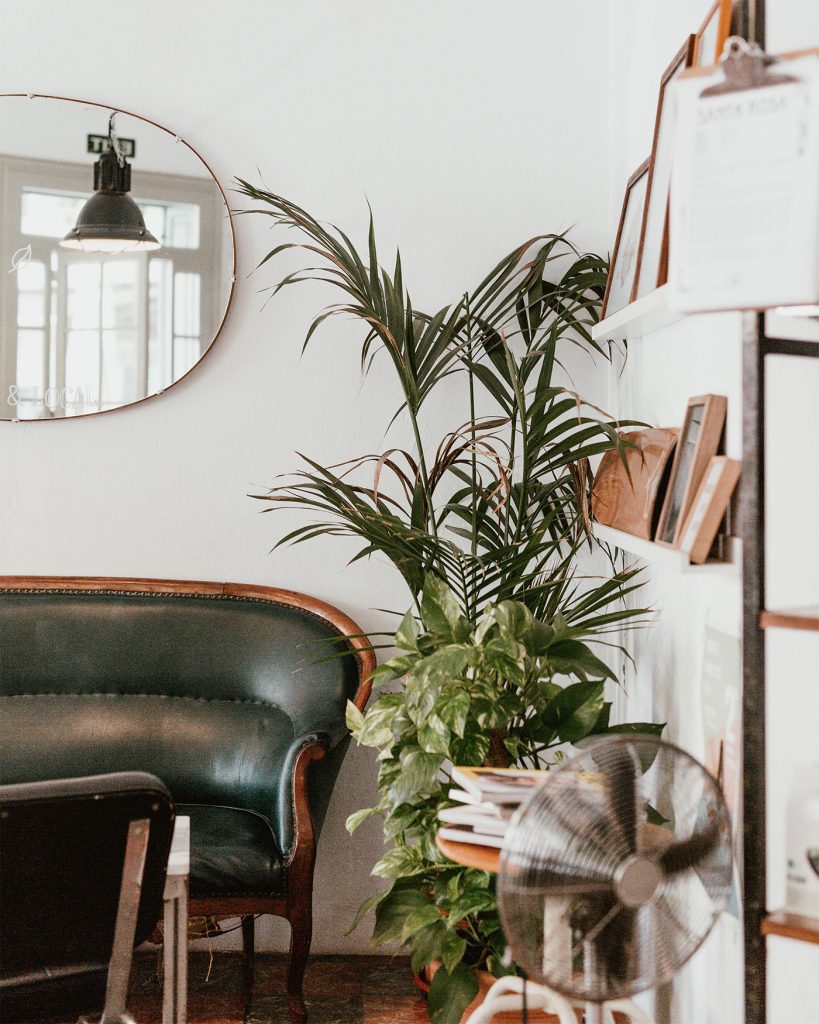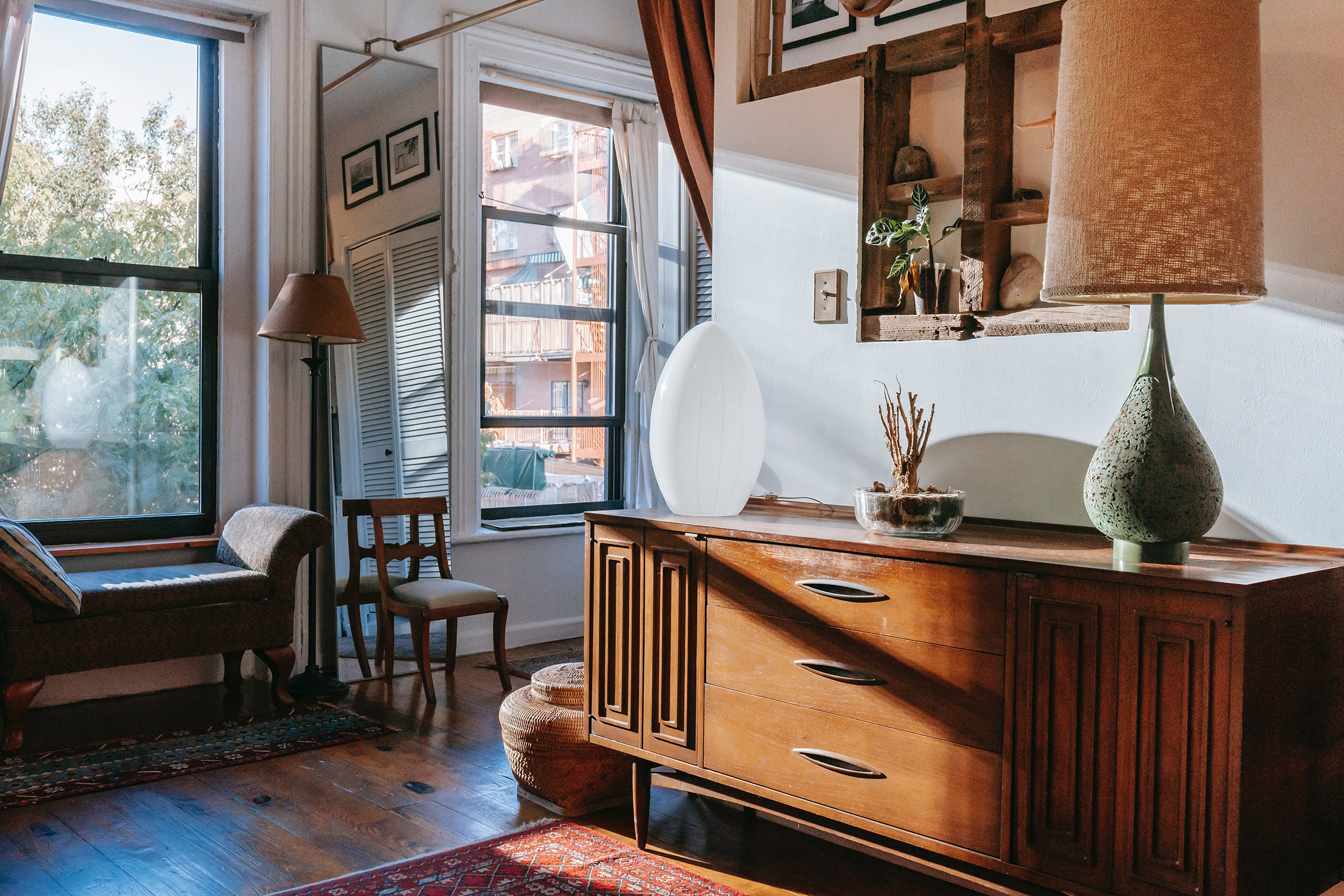Interior design is the process of decorating and enhancing an interior space. The sustainability of a space is majorly in the hands of its Interior designer, because they choose all the furnishings and decorative materials that fill it. For a truly sustainable interior, all materials used should have a low environmental impact. The actual environmental impact of these materials and products can be determined by Life Cycle Assessment.
Sustainable Interior design products can add an exciting touch to your space as well as lower your ecological footprint. Recycled design elements don’t always look funky. There are many new ideas where sustainable materials can actually add a more elegant and updated look to a space.

Reclaim and Recycle
An effective way of reducing environmental impact is by using reclaimed and recycled products. Antique and vintage decor is a great option for Interior designers. Old furniture and other decorative items can also be upcycled, i.e. repurposed, refinished or refurbished to give them a new life.
Decor items like curtains, carpets, tiles and even sinks can be made from recycled materials. For example, the ECONYL nylon yarn used in carpets is made by recycling discarded fishnets, plastic and fabric scraps. It’s environmental impact is significantly lower than nylon made from crude oil.
Products with low environmental impact should also be produced with social responsibility. This means that the manufacturing process of these products should be safe. They should be produced at a facility with socially just business practices.

Interior Design materials with Low Environmental Impact
The following are common and easily available raw materials, that can be used in interiors with low environmental impact:
- Reclaimed Wood (high quality up-cycled wood taken from old barns, factories, etc.)
- Kebony Wood (natural sustainably-sourced wood)
- Bamboo (easy and fast growing grass, with versatile indoor as well as outdoor uses)
- Cork (is a by-product of the cork-oak tree, has multiple uses)
- Glass (endlessly recyclable)
- Natural Stone (elegant, sturdy, and reusable)
- Sustainable Textiles (organic cotton, wool, linen, hemp and fabric made from recycled fibres)
- Low or No-VOC Paint (VOC is toxic for humans and animals, considered a hazardous waste)
- Recycled Aluminium (can have functional as well as decorative uses)
Life Cycle Assessment (LCA)
LCA determines the environmental impact of a product throughout it’s lifecycle. Organic materials seem to be the obvious choice for creating products with the lowest environmental impact. However, these materials need to be treated sustainably until they become a final interior product. For example, a piece of furniture can be made using renewable energy but consist of formaldehyde, which is a very harmful toxin. Another product may be made using sustainable materials and processes, but it’s transportation to the end user might induce a lot of pollution. LCA includes assessment of the process of extraction, production, transportation, processing, and how the product can be discarded after use.
There are standardised tools and labels that help understand, compare and evaluate a product’s environmental impact in distinct phases of its life cycle. For example, this guide helps interior designers select sustainable products. Certifications and labels also help ensure the sustainability of a product. For example, an ‘FSC label‘ on wooden products is considered the gold standard for identifying sustainably harvested wood. The ‘Cradle-to-Cradle Certified’ label also provides a detailed assessment of sustainable products.
Choosing to make an interior space sustainable, is not only good for the environment but also healthy for the humans and pets occupying it. Sustainable homes are toxin free, and often have a very soothing aesthetic. Proper care of a sustainable home can make it last longer, and save money in the long run, which makes the investment and efforts completely justifiable.





